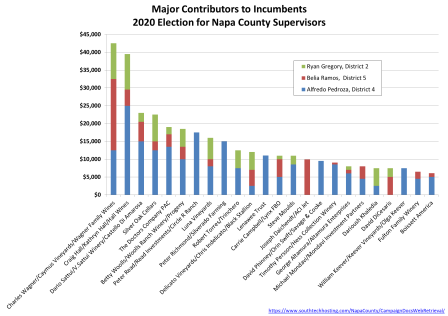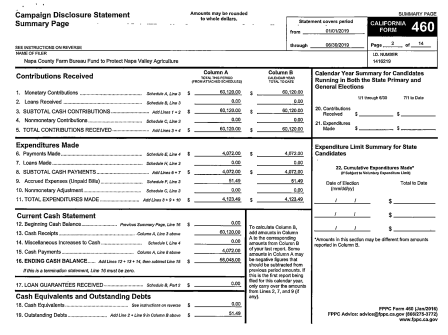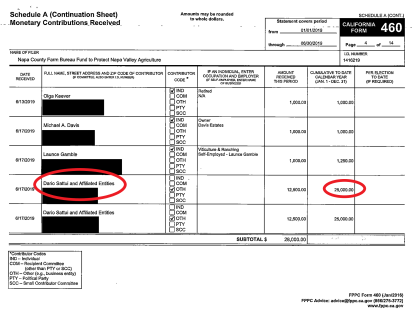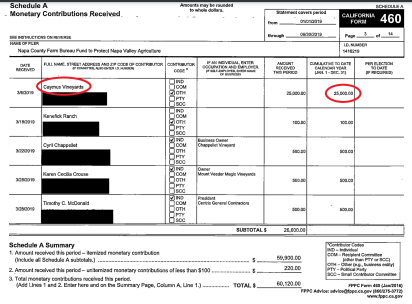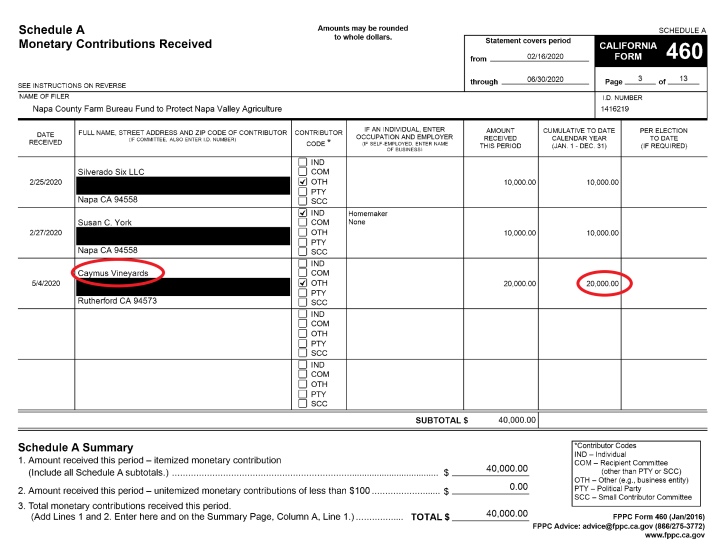This is about the St. Helena water system and your water security.
It is important to remember that water access and water security are primary equity factors in a business or home investment. In order to understand that concept it helps to consider water as a financial equity item like money.
Water=Equity=Money=Power=Leverage
Therefore, lack of oversight of our water resources equals lack of fiscal oversight.
If you are a resident, homeowner or business owner using the St. Helena Water System, this is important information for you.
Who is Part of the City Water System?
The St. Helena water system stretches as far south as Rutherford, so even if you don’t live in or have your business in St. Helena city limits, you may still be a St. Helena water customer.
St. Helena provides roughly 2,700 water hookups for businesses and residents, including 50 hookups on special Water Agreements for large users or water used strictly as fire protection. Approximately 350 hookups are outside St. Helena city limits.
Inadequate Written Policies or Procedures
The St. Helena water/wastewater system is one that has evolved over time and been cobbled together over many years under many administrations. There is currently no formal system of proper administration.
It appears there is little comprehensive knowledge of this Water Enterprise system. Little information has been made available to the St. Helena City Council (which also serves as the local government financial oversight committee) or the general public. Little mapping has been done or has been made available to better understand the system. At present this water enterprise also appears to lack an adequate system of internal controls, including a lack of adequate written policies or procedures to ensure proper administration.
City Water is a $3-4 Million Business
The St. Helena Water and Wastewater Enterprise funds make up a $3 – 4 million dollar business within the City of St. Helena, a business that provides this essential element to local businesses, residents and homes, insuring viability of their equity investment in St. Helena.
What’s important to recognize here is that this $3 – 4 million dollar business also serves as a foundation for the $100s of millions of dollars in equity investments of our large and small businesses, as well as residential investment. Your investment in your home is worth little if you don’t have access to a reliable and affordable source of water.
Not All Users Are Regulated
Most users on our system are in some way regulated in their use of municipal water; however it is becoming apparent that some are not.
In this write-up the word regulation is used not primarily in the context of “rules,” but also in terms of physical management of water flowing through our system, as we might think of an emitter on a drip irrigation line that regulates physical flow.
The point of bringing this to your attention is because of the current inadequacies of the system, St. Helena needs to take immediate measures to continue ensuring equitable water distribution, water access, and fairness to all of our customers.
Engineering Project Needed
While St. Helena recently engaged an economic consultant to make water rate recommendations, it is my conclusion after consulting with public officials and administrators in other small cities that this is not just an economic project but an engineering project that includes an economic element within it.
A strictly economic approach to understanding the water system does not provide enough data to fully address and quantify the situation. Physical data is needed as well, and thus a full water system engineering approach is needed to map and understand our water/wastewater system. Data is needed to address any inherent inadequacies, inequities, or inefficiencies, including analysis to safeguard our Bell Canyon municipal water source.
While we in the community have all been busy and rightfully focusing on our own lives and businesses, we seem to have never fully understood that we operate on a shared water system that is in need of proper policies, procedures and internal controls to safeguard equitable distribution through informed decisions about water allocation, regulation and rates.
It is in everyone’s best interests to do so now, while our water resources are relatively good and the primary administrator (City of St. Helena) is in a position to implement such a process.
A full water system engineering project will only get more difficult if we wait until times of further drought or the addition of more customers that will increase demand, putting more pressure on an already delicate and not fully quantified system.
The expense of such an endeavor would be justified not only for the sustainability of our $3 – 4 million water/wastewater enterprise, but as referenced earlier, for the $100’s of millions of dollars in equity that depend on a properly administrated water system.
An engineering approach will provide a foundation for such projects as a large scale distribution of tertiary (recycled) water, which other cities have embarked upon, and which would make our system even more efficient and capable of meeting future demand.
What You Can Do:
- Become informed and aware of your usage levels or allocation of St. Helena municipal water. (Check your St. Helena water bill or the list of Water Agreements in the Public Works section of St. Helena’s city website.)
- Advocate to the St. Helena City Council to understand the need for a proper engineering-based analysis of the system and the need for a proper system of written policies, procedures and internal controls.
In order to ensure our collective water security we must fully understand our collective water system. The entire system must have some type of overall quantification for the proper flow regulation to provide fair and equitable access to our collective municipal water source.
The local governing body (City of St. Helena) is the only entity with the proper authority to equitably administrate this.
Lending the collective voices of those who use the water system to advocate for and support such an engineering approach will benefit not only the City of St. Helena but all of our water customers whose equity investments depend on a properly understood and functioning water and wastewater system.
In Summary:
- The St. Helena water system lacks proper internal controls, written policies, and procedures.
- Not all users of the water system are regulated.
- Our collective and independent equity depends on a properly administrated water system.
- The opportune time to fix the system is now while water is in relative abundance.
- An engineering-based analysis of the St. Helena water/wastewater system is needed to fully understand, quantify, and properly administrate the system. It is the method to acquire the necessary data for proper analysis.
Working together we can make this happen.
